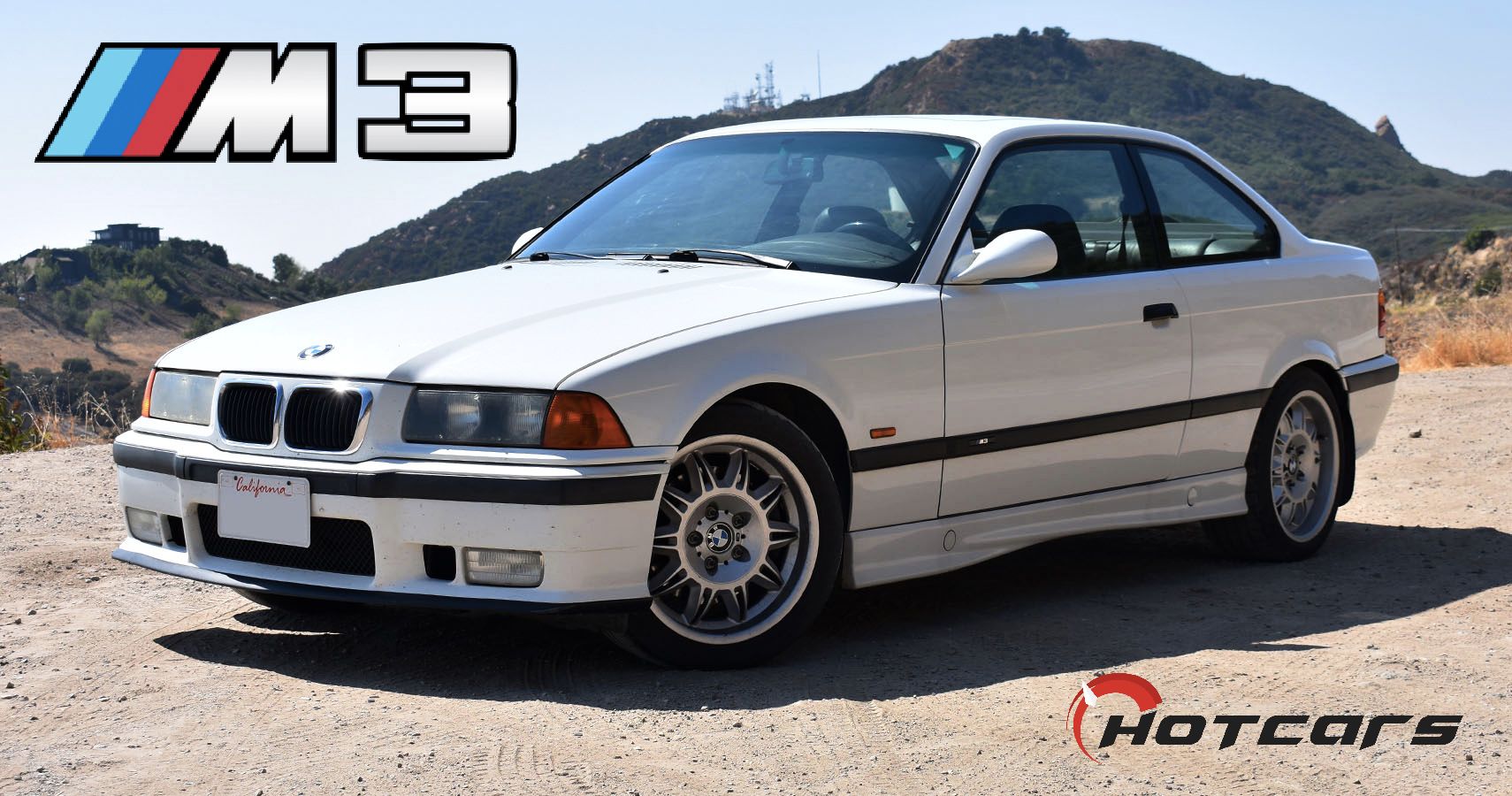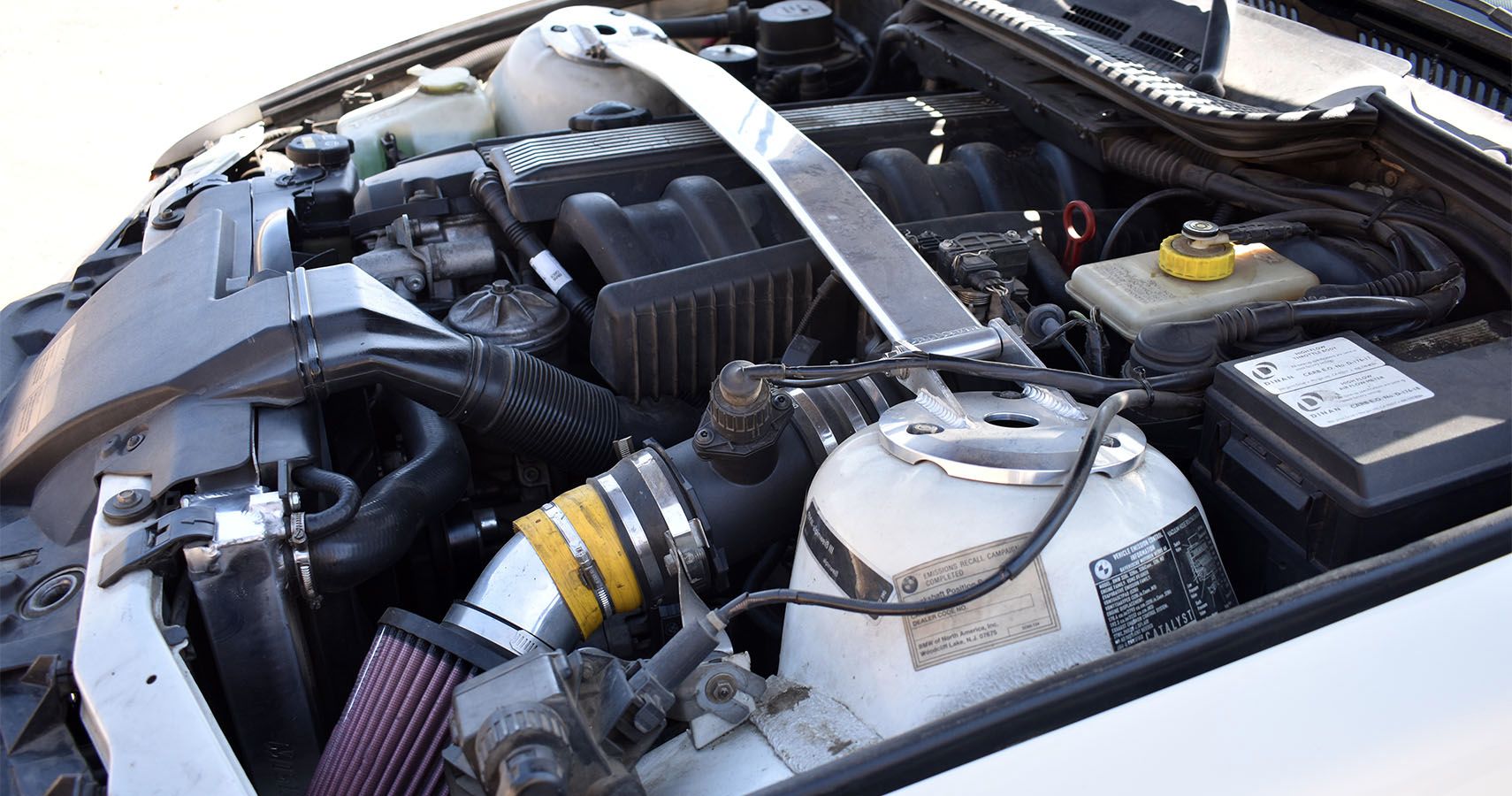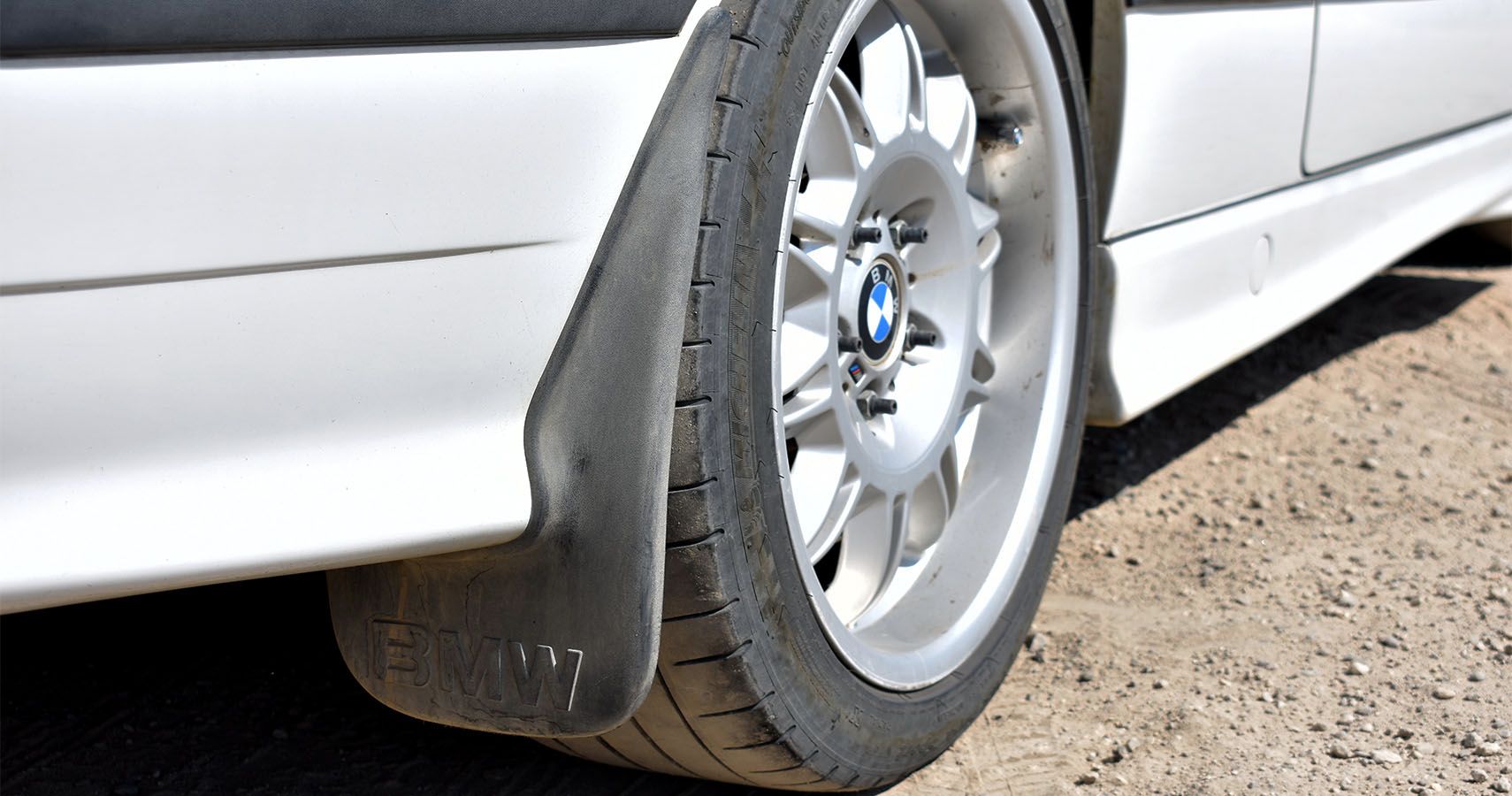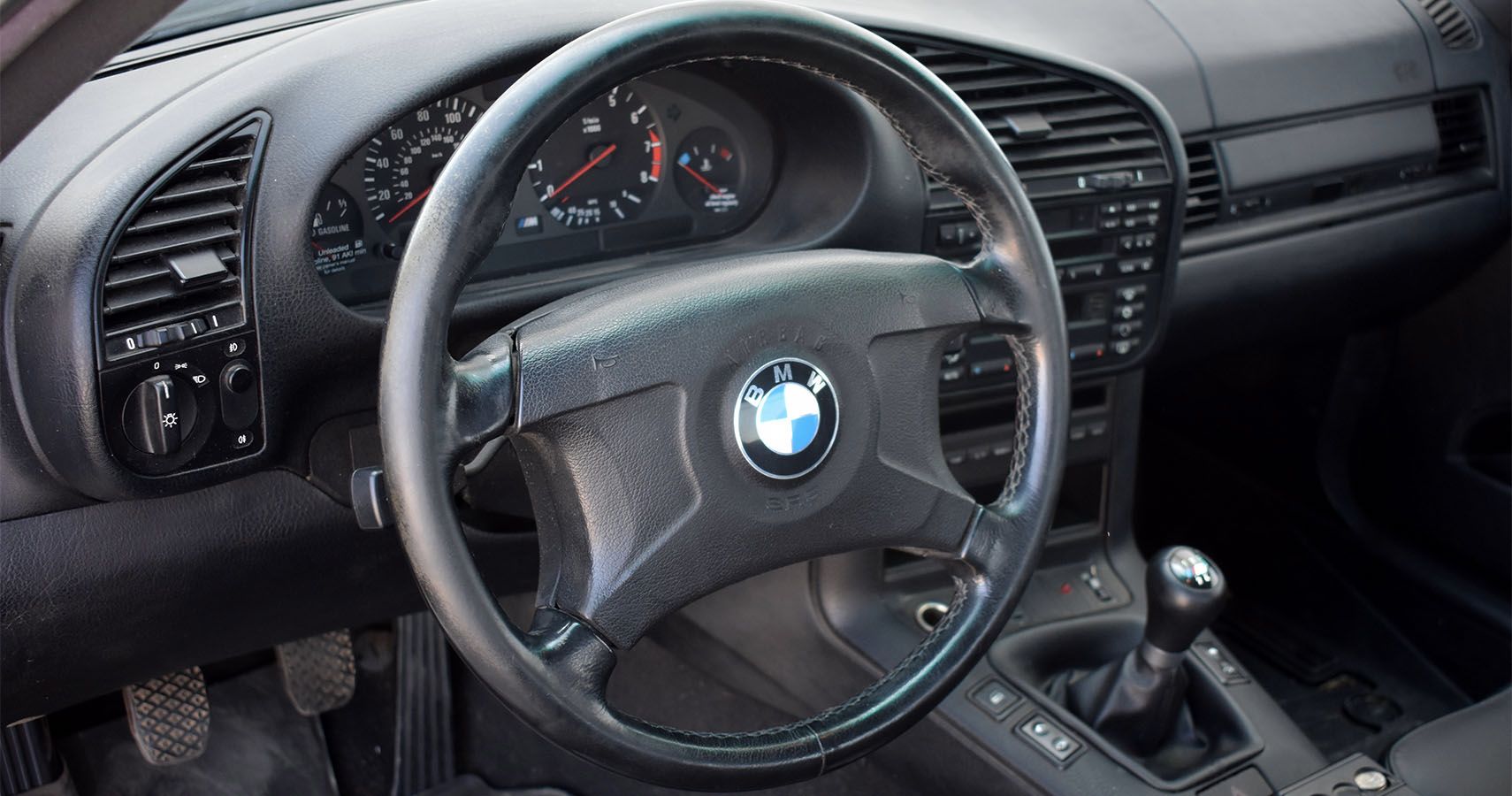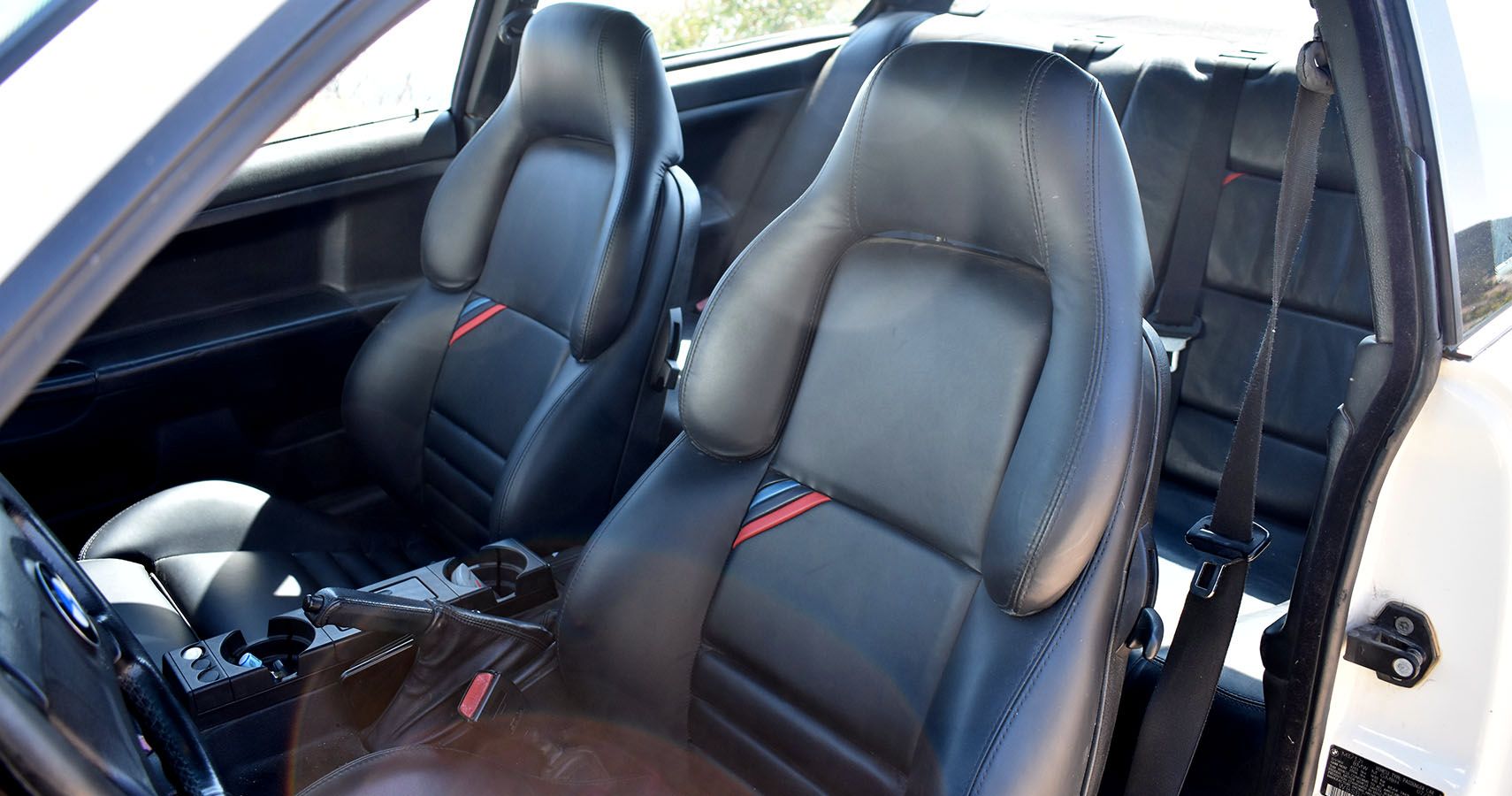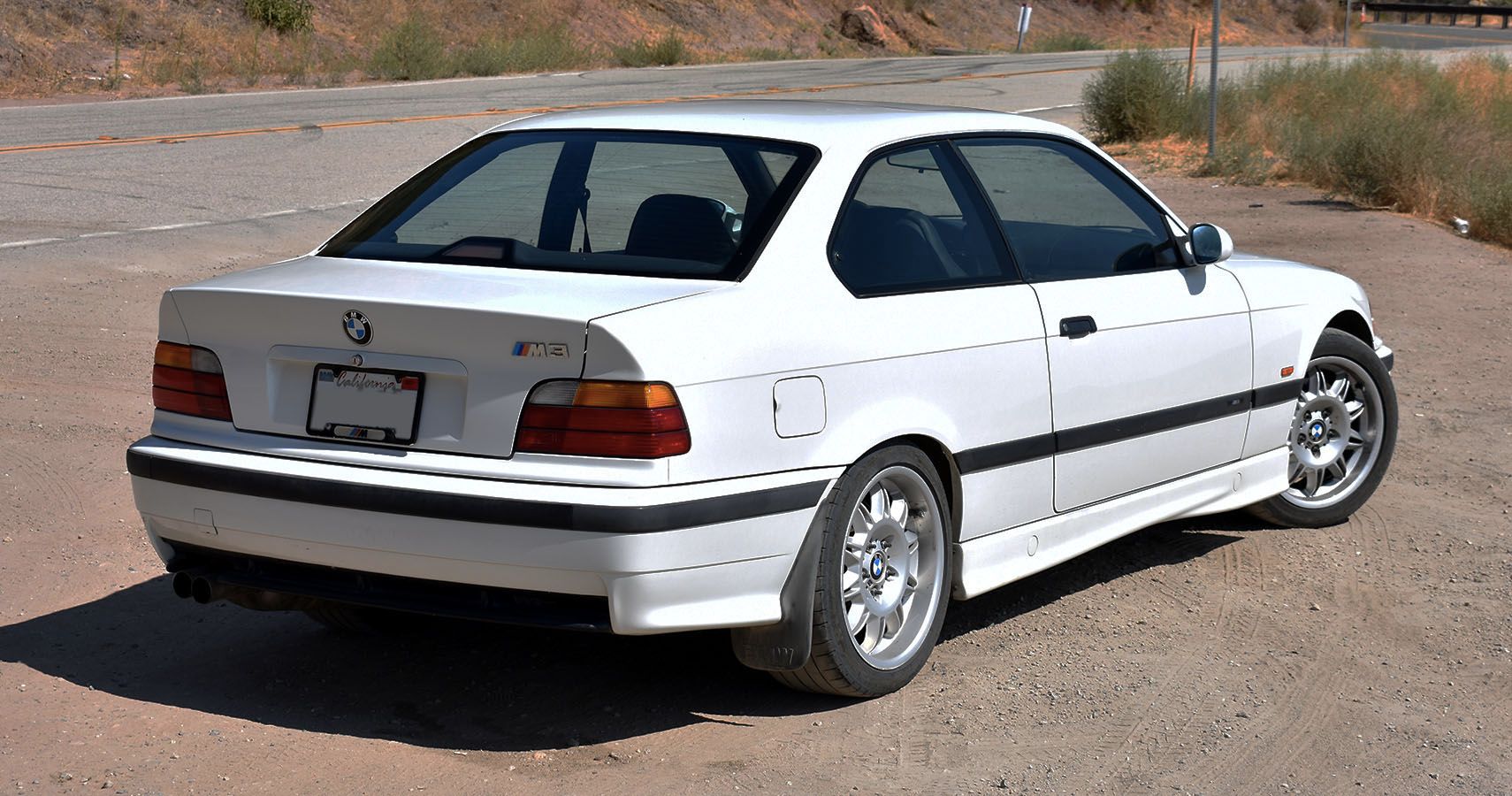Many BMW fans feel that the company has completely lost track of the ethos that inspired the slogan "The Ultimate Driving Machine." Today, the German manufacturer seems more focused on turbocharged, torquey sprint stars that are bloated, heavy, and overly complex—rather than the nimble, sporty products of earlier generations that featured respectable, but not overwhelming, engines under the hood.
Case in point might be the newly revived 8 Series, with the M8's twin-turbocharged 4.0-liter V8 producing up to 617 horsepower and 553 lb-ft of torque, allowing for an absurd 0-60 time right around three seconds. But the M8 also weighs up to and beyond 4,500 pounds thanks to an eight-speed automatic gearbox paired to an all-wheel-drive layout, plus plenty of complex computerized systems including adaptive sway bars.
Long gone are the days when BMW's M badging meant excellent driving dynamics in legendary cars like the mid-engined M1 and the homologation-special E30-generation M3. But those two cars have skyrocketed in value lately, especially Evo variants of the E30, with its potent performance and low curb weight thanks to the impressive output generated by a naturally aspirated inline-four engine.
Other than the E30, fans also used to love BMW M's longtime associated with silky-smooth inline-six powerplants (up until the E39 M5 and the E92 M3, that is). The E30's successor, known by the internal code E36, might just represent the best bang for the buck among all the M-badged cars on the secondhand market today.
I recently got the chance to take a high-mileage, lightly modded E36 M3 for a drive. Many E36 examples on the road today have been used and abused by previous owners—and this one is no different—so I also quizzed its owner about what it really takes to keep such a fun, spirited car in excellent running condition after so many years of being driven hard and put away wet.
The S52 Inline-Six With Dinan Upgrades
First of all, it's important to note that this isn't a stock 1997 M3. Its owner, Max, explained to me that like many others, his E36 has received plenty of bolt-on modifications over the years.
To be fair, many of the mods on this particular car come courtesy of the established BMW tuning company Dinan. In this case, Dinan highlights include an ECU tune, cold-air intake, throttle body, and exhaust system that are intended to help the S52 regain some of the power it lost when BMW detuned it for federalization in the US (Euro E36 M3 cars are much more powerful).
Additional enhancements include strut and shock tower braces front and rear from ECS Tuning, plus some awesome BMW mud flaps. Max knew about all that work when he bought the car from its previous owner, Anthony, about four years ago. Anthony had used the car as a hardcore canyon carver (he actually owned two white E36 M3s and was selling this one to pull together funds so he could further enhance his other car).
As such, this M3 needed a ton of work as soon as Max got the title in his name. But in terms of performance touches, the only upgrades Max has added himself are a set of Bilstein B8 dampers all around, and a custom short-shifter with the famous ZHP shift knob—but more on that later.
Gobs Of Grip At The Edge Of Traction
How does the setup come together today? Just about perfectly. The S52 engine under the hood has plenty of torque for city driving at around 2,000 RPM, sure, but when I got up into the Malibu hills and really spun the powerplant up towards its redline, the results were truly impressive.
Now, the high-end power isn't going to blow anyone away, to be fair. But in a car that weighs just over 3,000 pounds, output somewhere around 275 ponies (an estimate given the Dinan upgrades) produces a nice sweet spot.
The E36 isn't meant for straight-line acceleration, though. This car hails from an era when BMW was all about handling—and especially with those Bilsteins, the car just begged to be tossed into and out of corners. The sensation most closely felt like skiing on a 10-inch powder day, popping into and out of curves with more turn-in available the deeper into the apex you go and the harder you push. The car almost seems happiest right at the edge.
Cosmetically, the E36 BMW 3 Series lineup maintains a unique look—simple yet obviously performance-oriented. The M3 adds a light aero line on the side skirts and examples like this one without a rear wing seem borderline utilitarian compared to today's BMW exteriors, which are almost indistinguishable from a Hyundai or Kia from more than 20 feet away (chalk that one up to the Koreans poaching so many German designers in recent years, perhaps).
This car has its fair share of dings, nicks, rock chips, and bug guts but still presents well from about 20 feet itself. Upon closer inspection, the clearcoat on the roof and hood is starting to peel, while the trim and seals definitely show their signs of age.
On the interior, BMW's plastic pieces rattle a bit, the center console's trip computer has about three pixels that function, and the soft-touch surfaces are holding up moderately okay. But there's plenty of space and a ton of visibility for a coupe—once again, compared to BMW's overly computerized, cramped, and dark interiors today, the E36 is a revelation.
The Steering Wheel Is Not Adjustable
The single biggest flaw that BMW baked into the E36 is that the steering wheel position isn't adjustable, which severely limits the driver's comfort during aggressive driving. I'm only 6'1" but felt like I had to be far too upright to manage the clutch and the steering wheel placement.
And about that clutch pedal: the weight and feel is perfect, with enough feedback but not so heavy it's a burden. But somehow, the design of the pedal's curved metal hanger caused a ton of problems for me. I only wear a size 10 shoe and yet, my toes kept catching on the bend as I released the clutch pedal, which translated to a lack of confidence, especially during downshifts. By the end of the drive, I had gotten almost used to using my tippy-toes, not the ball of my foot, like a ballerina en pointe.
The Famous "Vader" Headrests
E36 M3 owners love to talk up the sport seat headrests, a famous option which has become known as "Vaders" because they resemble the Star Wars character's imposing helmet. Max had his Vader seats reupholstered about a year ago because the leather was tearing following Anthony's many years of parking the car outdoors in the hot sun of Glendale, California. But I actually found Vader design forced my shoulders to round forward and hunch over—maybe BMW did this on purpose since the steering wheel stays so high and close to the dash.
The Vader seats and the steering wheel's lack of adjustability are what led Max to install a fully custom aftermarket short-shifter kit, which moves the shifter rearward (he's 6'3" with long legs—don't ask about his shoe size). The shifter is definitely a bit notchy but I actually got used to it after about a half-hour of use.
A Car BMW Could Learn From
All in all, I came away from the E36 M3 entirely impressed. This is a car that BMW needs to revisit during the R&D phase of each new product—lightweight, nimble, a low beltline offering plenty of visibility, and a roomy interior despite the two-door layout.
But what does it take to keep this car running after over 140,000 hard miles? Well, the short answer is a lot of time and money. Max bought the car with 118,000 miles on the clock and paid $13,000 for it knowing he'd have to put a chunk of change into the deferred maintenance.
His mechanic must have been ecstatic when Max first brought the car to the shop with plans to replace the entirety of the coolant system (BMW's notorious inability to produce coolant components that don't degrade immediately was a known quantity going into the purchase). He also replaced every bushing on the car with OEM rubber—other than aftermarket solid subframe mounts—to note, there are no polyurethane bushings on the car, which Max believes needs replacing far too quickly.
Other details include a stud conversion on the wheels for easier days on the jacks, troubleshooting the engine-gas-recirculation (EGR) system and charcoal canister so the car would pass smog, and a brand-new set of Michelin tires all around.
All told, four years into ownership, Max has put somewhere around $15,000 more into the car after the initial $13,000. Yes, that's a lot, but the total falls right in his expected range, figuring the car would cost $3,000 a year to maintain—once the deferred work was completed. He's tempted to invest in more power, either in the form of the popular supercharger upgrade or, more conservatively, in an engine rebuild with a race-spec camshaft. But the current setup runs so well, the thought quickly flits by unaddressed.
The result of four years of ownership is that he's got a car that's an absolute blast to drive, with the perfect balance of power and handling that creates an instant connection with the driver. Would he change anything along the way? Well, if only Anthony had done a bit more maintenance over the course of his ownership, perhaps Max could have saved a few bucks.
And that's what it takes to keep an E36 M3 running happily. Yes, these cars will last well into six-figure mileage but please, people, maintain your cars along the way!
Sources: roadandtrack.com, suspension.com, and roccoseuropeangarage.com.

